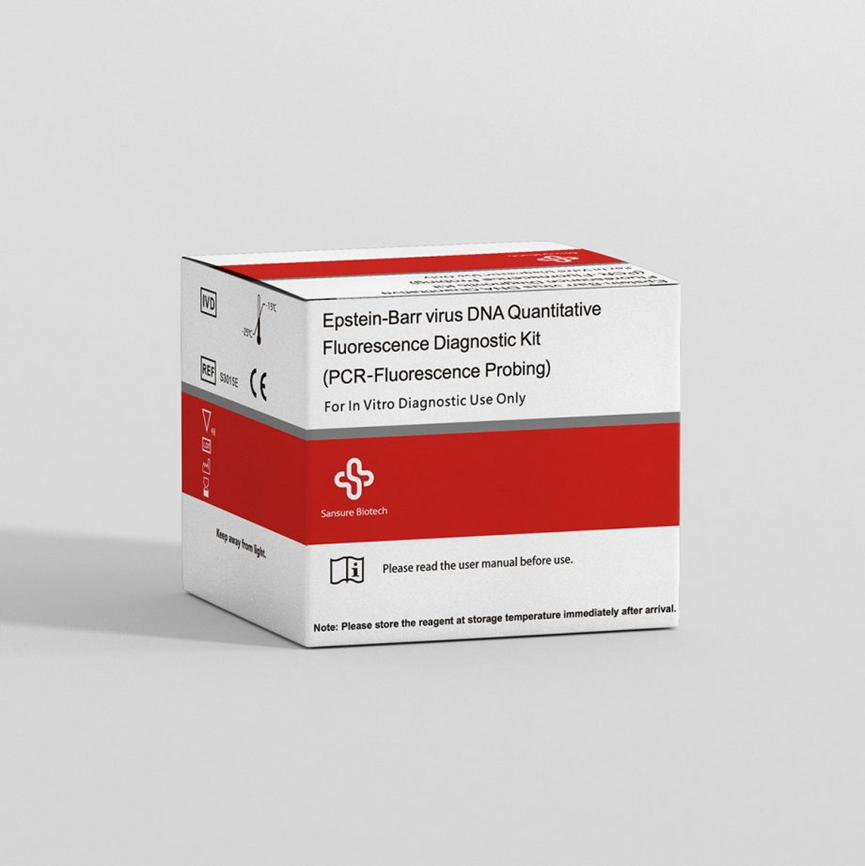Accelerating Diagnostics: Sansure’s Multiplex Fluorescent PCR Amplification Technology
In the fast-paced world of medical diagnostics, speed and accuracy are crucial. Sansure has developed an innovative solution with its multiplex fluorescent PCR amplification technology, designed to keep amplification time within 70 minutes. This advancement significantly enhances the rapid identification and diagnosis of various pathogens, including those that cause the kissing disease, also known as infectious mononucleosis.

Rapid Identification of Pathogens
Sansure’s multiplex fluorescent PCR amplification technology is a significant upgrade to traditional fluorescent PCR instruments. By streamlining the amplification process, this technology allows healthcare providers to quickly and accurately detect pathogens responsible for illnesses like the kissing disease. The ability to keep amplification time within 70 minutes means that clinicians can provide timely diagnoses, which is essential for effective treatment. This rapid turnaround can be critical in managing symptoms and preventing the spread of infections.
Improved Diagnostic Accuracy
In addition to speed, Sansure’s technology enhances diagnostic accuracy. The multiplex capability allows for the simultaneous detection of multiple pathogens, reducing the need for multiple tests and minimizing patient discomfort. This is particularly beneficial in cases where the kissing disease may present with similar symptoms to other infections. By ensuring that amplification time remains within 70 minutes, healthcare professionals can confidently diagnose and treat patients, leading to better health outcomes.
Conclusion
Sansure’s multiplex fluorescent PCR amplification technology is a transformative advancement in the field of diagnostics. By ensuring that amplification time remains within 70 minutes, it enables rapid and accurate identification of pathogens, including those responsible for the kissing disease. As medical professionals embrace this innovative technology, patient care will continue to improve, paving the way for faster, more efficient healthcare solutions.